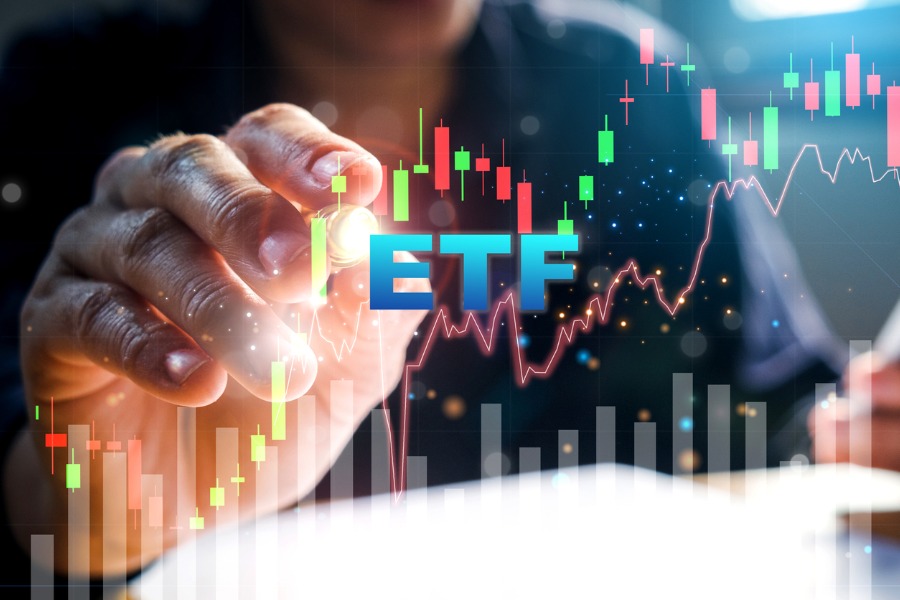

Calamos Investments is using its expertise in convertible bonds to jump into what may be the fund industry’s hottest space: downside protected, or buffer, ETFs.
“We took an opportunity based on our history of using converts, as well as options-based strategies, and all of our mutual funds,” said Joe Cusick, portfolio specialist at Calamos Investments.
In June, Calamos launched the Calamos Nasdaq-100 Structured Alt Protection ETF - June (Ticker: CPNJ) with a 10.20 percent upside cap rate before fees and expenses over a one-year outcome period from June 3, 2024 through May 30, 2025. CPNJ was the second of three funds in Calamos’ Structured Protection ETF lineup which will offer investors protected exposure to the S&P 500, Nasdaq-100 and Russell 2000.
The Calamos offerings put the firm in competition with BlackRock, Allianz and other major ETF providers battling it out for buffer ETF supremacy. The first buffer ETF, formerly known as a “defined-outcome ETF,” launched in 2018, but this year the market has seen multiple launches from a number of players.
The primary reason for the surge in demand for these new ETF offerings is flat-out “fear,” according to Cusick, pointing to increasing investor skittishness as the market repeatedly flirts with new highs.
“Number two is that they're trying to basically put cash to work that they're not willing to put in the equity markets right now,” said Cusick. “And they're a little bit concerned about the risk-free markets, especially if rates do start to get cut. That's really the biggest opportunity right now.”
And while downside protected ETFs are catching on with the retiree crowd, Cusick says they are also smart options for those saving up for big purchases.
“It's people that have capital that they don't want to take an undue risk with, whether it's to buy a home, buy a boat. Essentially if they are looking to make a large purchase with capital in the next 12 to 18 months,” said Cusick of his ETFs which carry a cost of 69 basis points, which he calls “competitive” considering the expertise involved for such a tax-efficient product.
“We have long term capital gains after one year and then in perpetuity, naturally rolling into the new structure,” said Cusick.
Still, not all advisors are sold on downside protection ETFs, despite all the new entrants into the market.
Sean Beznicki, director of investments at VLP Financial Advisors, says he refrains from using downside protection ETFs due to their complexity and limited upside potential.
“Unlike certain annuities, these ETFs do not offer guaranteed principal protection,” said Beznicki. “If the market drops significantly beyond the buffer, you could still lose money.”

A new proposal could end the ban on promoting client reviews in states like California and Connecticut, giving state-registered advisors a level playing field with their SEC-registered peers.

Morningstar research data show improved retirement trajectories for self-directors and allocators placed in managed accounts.

Some in the industry say that more UBS financial advisors this year will be heading for the exits.

The Wall Street giant has blasted data middlemen as digital freeloaders, but tech firms and consumer advocates are pushing back.

Research reveals a 4% year-on-year increase in expenses that one in five Americans, including one-quarter of Gen Xers, say they have not planned for.
Orion's Tom Wilson on delivering coordinated, high-touch service in a world where returns alone no longer set you apart.
Barely a decade old, registered index-linked annuities have quickly surged in popularity, thanks to their unique blend of protection and growth potential—an appealing option for investors looking to chart a steadier course through today's choppy market waters, says Myles Lambert, Brighthouse Financial.
